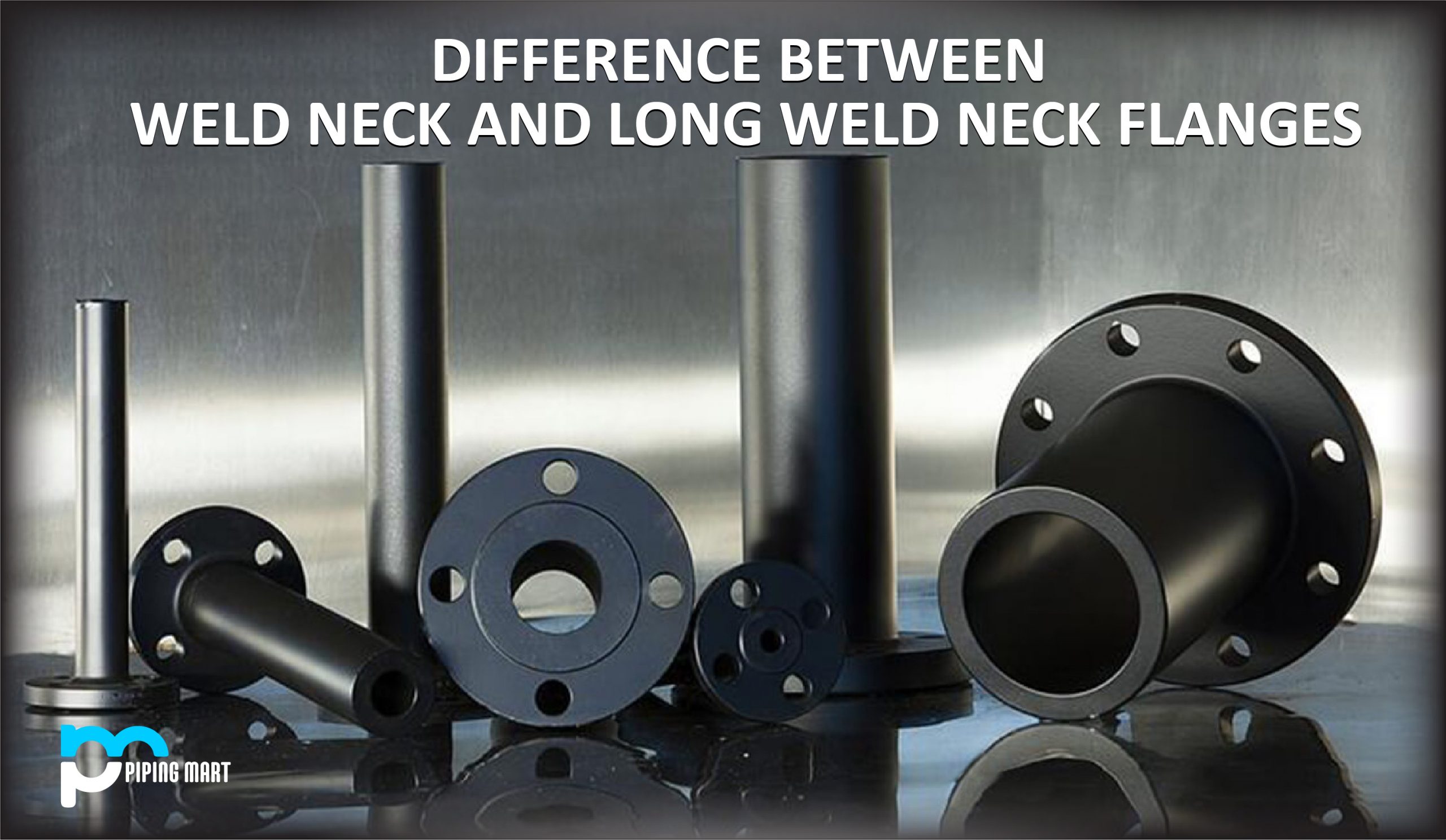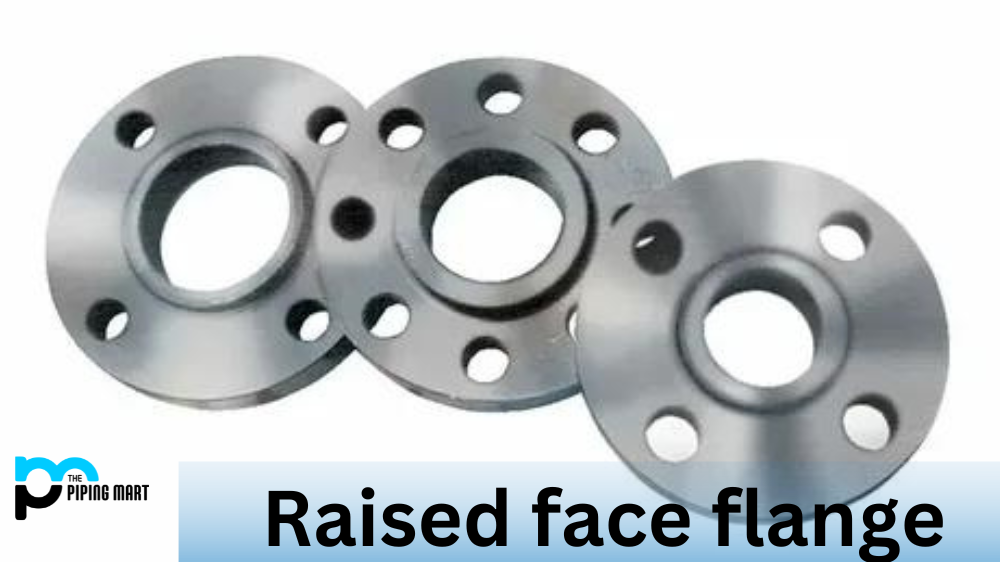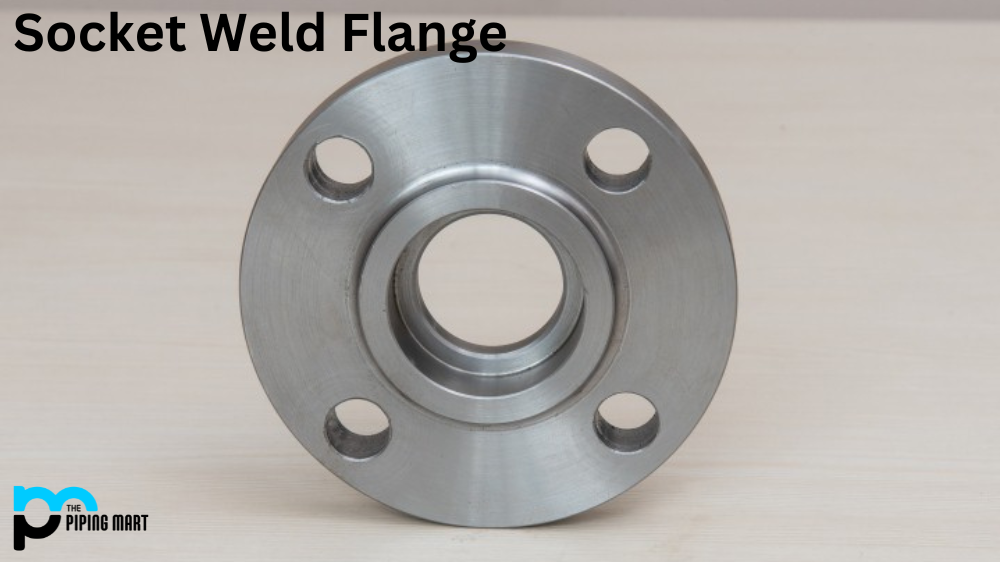When it comes to flanges, we all know that there are a variety of types out there, and one of the most commonly used varieties is Weld Neck (WN) and Long Weld Neck (LWN) Flanges. These two types of flanges have many similarities as well as differences which can often make choosing the right type quite confusing. In this blog post, we will go over the basics of each type of flange so you can choose the best option for your project. We will explain why welding neck and long weld neck flanges are different from each other and how they should be applied in various situations. Read on to get some valuable tips about these common types of industrial piping components!
What is Weld Neck Flanges:
The weld neck flange is a high-strength forged product that is most typically used to join pipes and parts in a piping system. This flange’s welding creates a robust connection that is simple to assemble and disassemble for periodic repair and maintenance.
When a flanged joint is required in a piping system, weld neck flanges link the two parts with a butt weld joint, which is the most commonly used joint in fabricating welded pipe systems. To butt weld a flange to a pipe, the flange is butted up to the pipe, and a welder welds the whole circle of the connection. Welding the neck creates a solid connection and is ideal for pressure vessels and other high-pressure applications like drilling rig standpipes.
What is Long Weld Neck Flanges?
Long Weld Neck Flanges are similar to weld neck flanges except for the extended neck, which works like a boring extension. Long weld neck flanges can be utilized in high-pressure and high-temperature industrial applications. They are being used in the oil and gas, as well as the petrochemical sectors.
Long Weld Neck vs Weld Neck Flanges:
Selecting the appropriate flange is crucial for an efficient piping system. Distinguishing between weld neck and long weld neck flanges is vital. Weld neck flanges directly weld to the pipe, whereas long weld neck flanges, with extended necks, offer added strength for high-stress environments. The prolonged necks also simplify maintenance by providing easier access to the welded joint. Assessing the strengths and weaknesses of each flange type is essential to tailor your piping system to specific requirements. Whether managing high-pressure or high-temperature applications, choosing the right flange ensures optimal safety and functionality.
- Long weld neck Flanges have a longer tapered hub, while weld necks have a shorter, straighter hub.
- Long weld necks are typically used in high-pressure applications, while weld necks can be used in low- or high-pressure applications.
- Long weld necks provide more support to the pipe at the weld joint, while weld necks provide less support.
- Long weld necks are more expensive than weld necks.
Long Weld Necks & Schedule Bores:
Long weld necks, also known as nozzles, are often designed with square cuts to replace pipe rather than to be welded up to the pipe. As a result, long weld necks’ don’t have schedule bores. A standard weld neck flange has a weld prep at the tip of the neck for welding up to matching pipe, whereas long weld neck flanges, or “nozzles,” are square cut at the ends for use with your tank or other installation.
Length and Barrel Varieties:
These flanges are readily available in the more usual lengths of 9″, 12″, and 16″, and also in any larger or smaller total length to meet your requirements. Typically, the longer the total length required, the larger the nominal size and pressure class of the flange. However, this is subjective and up to the customer’s decision. Contrary to common perception, there is no global “standard” length for these flanges because they are created specifically for the application.
Manufacturers offer many barrel sizes to meet the needs of their customers, ranging from the more frequent long weld necks, heavy barrels, and equal barrels to intermediate barrel products.
Long Weld Neck Flanges are available in several material grades. Long Weld Neck Flanges are often made of forged carbon and stainless-steel grades, but customers also choose chrome alloy and nickel alloy nozzle flanges.
When people request or buy a Long Weld Neck flange, they have the flexibility of specifying any wall thickness and any additional custom weld bevel, although the standard for these flanges is established by the dimensions.
Now that you understand the distinction between weld neck and long neck weld flanges, you can choose which is best for your project. When looking for industrial long weld neck flanges, look for a manufacturer who specializes in high-strength forged products such as long weld neck flanges. Whatever type of pipe fitting you want, be certain that each component comes from a reliable source and is of the highest quality. When working with high-pressure oil and gas pipe systems, the best long neck weld flanges on the market are required.
Conclusion
Weld Neck Flanges and Long Weld Neck Flanges differ primarily in length and application. Weld Neck Flanges are shorter and commonly used in lower-pressure systems, while Long Weld Neck Flanges feature an extended neck, suitable for higher-pressure applications. The extended neck provides additional reinforcement, making Long Weld Neck Flanges ideal for critical environments. While both serve essential roles, the choice between them hinges on the specific requirements of the piping system. With Long Weld Neck Flanges offering enhanced strength and support for demanding conditions.

Pipingmart is B2B portal specializes in industrial, metal and piping products. Also, share latest information and news related to products, materials and different types grades to help business dealing in this industry.




